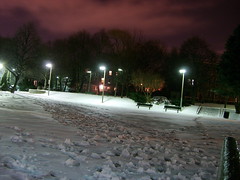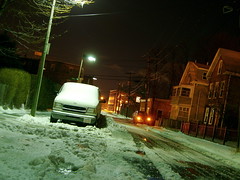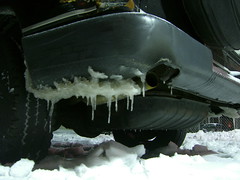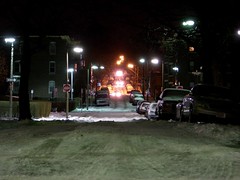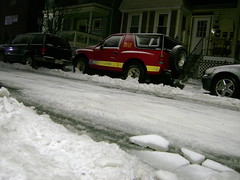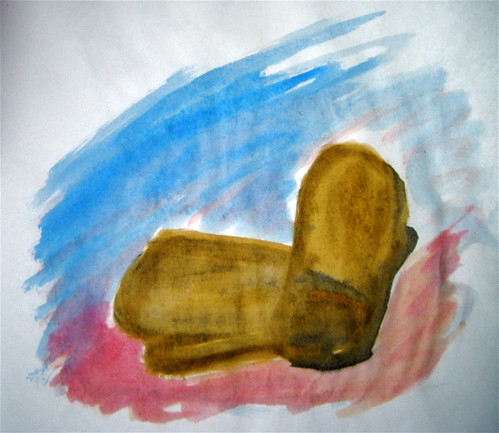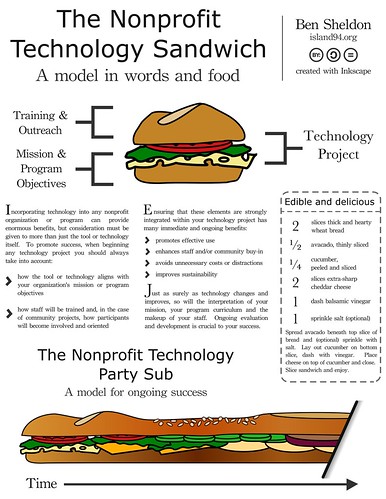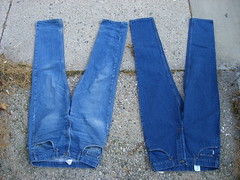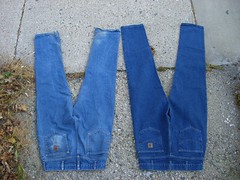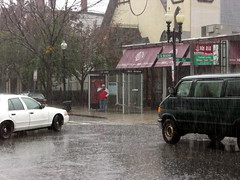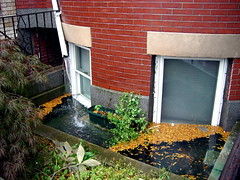The Future of Cable Access
Last Saturday was Beyond Broadcast 2007 and being a part of the The Future of Cable Access Working Group got my rear in gear to edit together some soundbites I shot at last November’s Alliance for Community Media Northeast Regional Conference.
During the working group we got to hear the not-opposing viewpoints from Dan Gillmor and Jason Crowe: Cable Access needs to change. The question wasn’t even really what we want it to change into (the video lays it out pretty well), but how can we bring about that change.
I believe that the important part of Cable Access Television is access. Access to:
- media production tools
- media distribution systems
- training to use them
- media literacy education to understand them
And all of this should be within the context of the needs of the local community.
Cable Access needs to embrace the internet, but it can’t do so as an end. As gross simplification, Cable Access is television because 30 years ago, television was the dominant media model. Today it is looking like the internet is about to become dominant. But 30 years from now, will the internet (the current architecture/protocols) continue to be?
Cable Access needs flexibility. Cable Access should not become Internet Access, it must become Media Access.
Moving towards that vision is difficult. The current state of Cable Access isn’t much of much of a state at all; it’s a series of thousands of isolated fiefdoms, linked together by nearly lone virtue that they took advantage of the same legislation. A bad analogy: the First Amendment allows freedom of religion; that doesn’t mean that the church in your town talks to the one in mine. Nobody even knows where all of them are, and our attempts find them aren’t yielding spectacular results.
But I also believe that that individualism and independence of stations and communities is a strength for the ideals of access. Communities should be able to choose the tools and technologies that best serve their members: television, internet or beyond.
How can we support the independence and ability of Access to meet the needs of their individual communities, yet move forward technologically, logistically and ideologically? This means moving towards the new technologies the internet (currently) affords, taking advantage of the economies of scale of thousands of media centers, and driving cooperation, communication and the idea that when it comes to media access—in any form and through any funding mechanism—“we’re in this together”.


